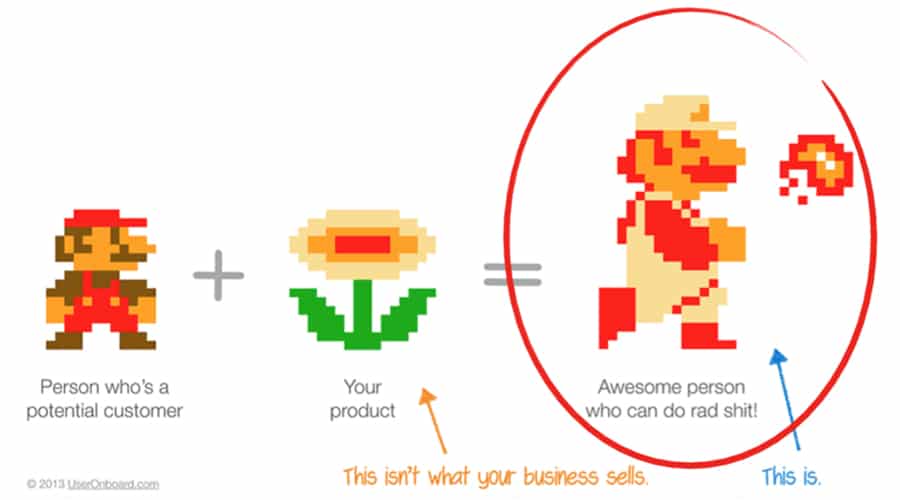Retention Vs. Engagement: When Everything Starts with Emotion

Retention and Engagement are hot topics, that we see a lot of articles everyday about it. Everybody is talking about retention, churn rate and all the other buzz words related, but retention is different for company A or B.
Before talking about retention, let’s take a step back. The years can pass, but the reality is that technology changes a lot, but people don’t. Adopting a new technology is not necessarily related to starting a revolution. The real revolution begins when the society adopts new behaviors (and you should see this TED with Clay Shirky).
Almost all our decisions starts with emotions. Then, to adopt new behaviors, a trigger needs to be triggered. Why? What your product does doesn’t matter. People forget what you say, what you do, but never forget how you make them feel. Moreover, this works for the products/services that we use/manage too.
For example, the magic number for Facebook is the 7 friends in 10 days and for Slack, after 2.000 messages, the % of team churn is tiny.
Feelings and Cognition
The stress level of solving a math problem (have you calculated and estimated churn rate curve?) and watching a horror movie are the same that we relate when the app has a slow loading.

Source: The Psychology behind mobile behaviors - Nathalie Nahai Conversions@Google 2017
And when we talk about retention, creating habits is one of most efficient ways to retain users. However, how can we do it?
ELMR Framework
My first contact with this Framework was on the Reforge Growth Series w/ Brian Balfour and Andrew Chen. All decision process starts with the emotion, and not by logic. We use logic to justify and rationalize our emotion. Also, there are some facts that help solidify the sentiment:
- Features: “Hmm. I’ll buy the new iPhone because of the super camera”. The truth is that you want to save moments, but, the “iPhone’s camera is better” justify you pay more…
- Statistics: images, numbers. “join to +1 million users” or the image of people using and interacting with the product/service
- Price: “If you buy one more, free tax”
After justifying the emotion, you have two more steps: Motivation and Reward. Some items to boost the motivation are:
- Confidence: if you have some referral or saw anyone talking about it
- Urgency: running out of time to finish some action grows the motivation
- Scarcity: for sure we want MORE something that is almost gone
Also, there are others like Bargain, Belonging, Consistency.
After finishing some task/action, we wait for the reward to confirm that we made the best decision. Some examples of rewards:
- Ego: “X people visited your profile”
- Discovery: “you have X new items in your feed”
- Control: “Your profile is 80% complete”
So, when you think about forming habits, analyze frameworks like ELMR (Emotion, Logic, Motivation, and Reward) can generate a lot of insights.
Retention vs. Engagement
This matrix helps a lot to explain the differences between engagement and retention.

Source: How To Increase Growth Through Retention Analysis
So, can you have much a big retention without much engagement? Yes.
For example, if you’re not an addict with the weather, you’ll check the weather forecast sometimes, probably not daily. However, when you need to check it, you not won’t download or check 10 different apps.
The opposite can also happen and you can see high engagement, but with no retention. It’s called “whip curve” when you have a bunch of early engagement, but then, it falls in the dark.
If you check your apps right now, you’ll find a lot of disposable ones . Probably you have already forgotten why and when you download them.
For sure that you have some apps that are part of your day to day. These apps can mix Retention and Engagement. For example, that’s so crazy how we are in 2018 and many people keep playing Candy Crush everyday!
How to identify what my retention is?
You can use these 3 points to help identify retention:

- Time: what is the frequency that your users interact with your product/service? Daily? Weekly? Monthly?
- Core Behavior: what is an active user of your product/service? What is the principal action they do?
- Unit of Value: is to one or more people?
So the best way to finish this is with this question:
What is retention to your product?









